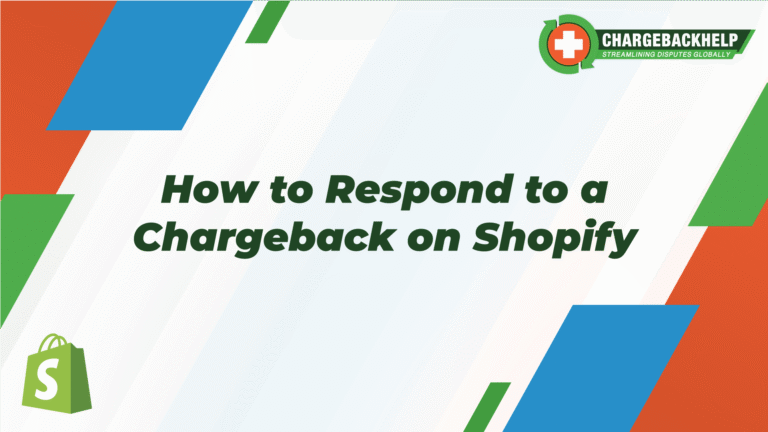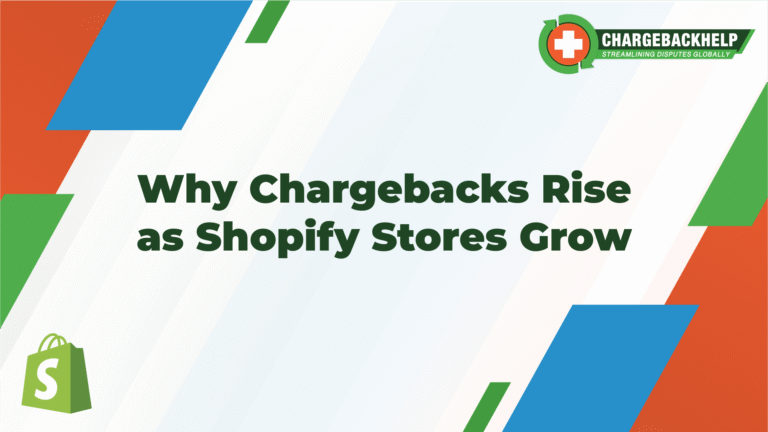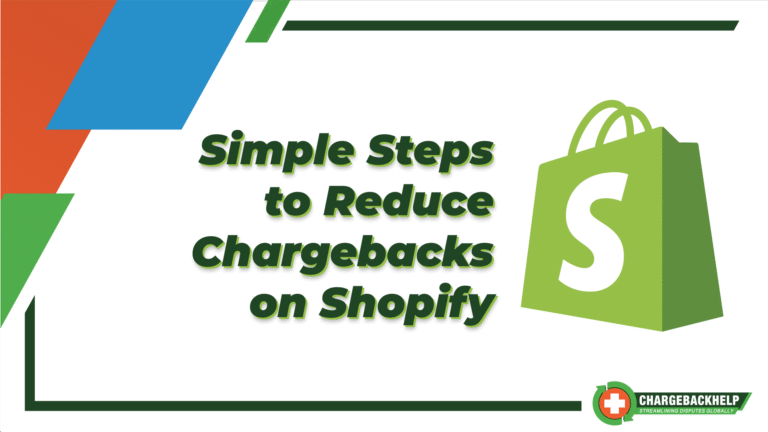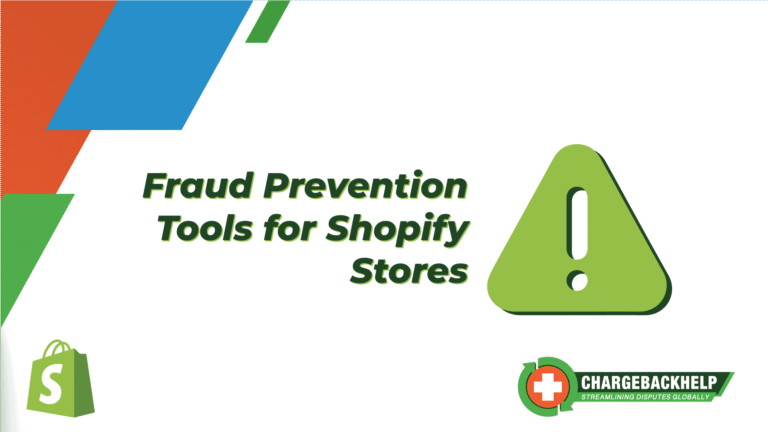Using Shopify’s Tools to Fight Chargebacks

New Shopify sellers often panic when they see a chargeback notice for the first time. It feels sudden and personal, especially when you’ve already shipped the product or provided the service. Shopify’s built-in dispute dashboard simplifies the process, but you need to understand how to use it properly. Knowing what evidence to provide, what deadlines to watch, and how to avoid common mistakes can make the difference between winning and losing a case. Beyond the lost sale itself, every chargeback also erases the revenue from a product you’ve already sold while leaving you with the cost of goods, shipping, and overhead you’ve already paid.
What the Shopify Chargeback Dashboard Does
Shopify centralizes all chargeback information into a single dashboard so you can see what’s happening in one place. Each chargeback includes:
- The reason code from the card network, which hints at why the customer filed the chargeback.
- Deadlines for submitting evidence, often set by the network.
- A guided workflow that asks you for supporting details like shipping confirmation, receipts, or refund logs.
The dashboard organizes this process so you don’t have to communicate directly with the bank. Shopify forwards your evidence to the card network once you submit it.
How to Respond to Chargebacks in Shopify
When you get a chargeback notification, you’ll see an option to submit a response through the dashboard. The process is straightforward:
- Review the reason code – This helps you understand what type of evidence will matter most. For example, “product not received” calls for tracking information, while “unauthorized transaction” requires proof of customer verification.
- Upload clear supporting documents – Shopify allows you to attach files like invoices, screenshots, or communication logs. Make sure these are easy to read and directly address the customer’s claim.
- Add a concise explanation – A short, factual statement helps the bank reviewer understand your side of the story quickly. Avoid emotional language or irrelevant details.
- Submit before the deadline – Card networks have strict timelines, and missing them usually means an automatic loss. Shopify shows the exact date you must respond by.
Automating Parts of the Response Process
Shopify can help streamline chargeback management if you set up certain automations:
- Order tracking integrations: Automatically pull shipping and delivery confirmations into your dashboard.
- Fraud analysis tools: Shopify’s built-in fraud insights flag risky orders, which can prevent chargebacks before they happen.
- Template responses: Save standard response text for common chargeback types to speed up submissions.
These tools don’t remove the need for manual review, but they reduce repetitive work and help you respond faster.
Mistakes to Avoid When Submitting Evidence
Even experienced merchants lose chargebacks over avoidable errors. Watch out for these common mistakes:
- Submitting too much unrelated evidence, which can overwhelm the reviewer.
- Missing deadlines because of confusion about time zones or business days.
- Forgetting to include order details, like product descriptions or confirmation emails.
- Writing explanations that sound defensive rather than factual.
A clear, focused response improves your odds more than sheer volume.
Beyond the Dashboard: Preventing Future Chargebacks
Winning a chargeback is good, but preventing one is better. Use Shopify’s reporting to identify patterns, like certain products or customer segments that trigger more disputes. Combining this insight with clear policies, upfront communication, and accurate shipping information reduces future risk.
Common Questions About Shopify Chargeback Management
How long do I have to respond?
Deadlines vary by card network, but Shopify displays the exact due date in your dispute dashboard. Always submit evidence well before this date to avoid last-minute issues.
Does Shopify guarantee I’ll win?
No. Shopify only forwards your evidence to the card network. The final decision is made by the bank or network, not by Shopify.
Can Shopify’s tools prevent every chargeback?
No tool can prevent every chargeback. Shopify helps reduce risk with fraud analysis and order tracking, but clear communication and good fulfillment practices are still essential.
What happens if I lose a chargeback?
The disputed amount is permanently deducted from your account, along with any chargeback fee. Use lost disputes as learning opportunities to improve future prevention and response strategies.
Why This Matters for New Shopify Sellers
Chargebacks can cut into profits and strain cash flow. Losing too many may even lead to account holds or higher processing fees. Shopify’s built-in tools give you a structured way to fight back without needing a separate system or manual bank outreach. Learning to use them early sets a solid foundation as your store grows.
Closing Out Part 1 of the Series
This article wraps up the first phase of our Shopify chargeback series, designed for new sellers getting their footing. In the next part, we shift focus to growing Shopify merchants. Part 2: For Growing Shopify Merchants explores what changes once your store moves out of the newbie stage. You’re seeing more traffic, more transactions, maybe even hiring a small team. But you’re also starting to feel the sting of unexpected refunds, tighter margins, and chargebacks that start to pile up.
Next up: Why Chargebacks Increase as Your Store Grows (coming next week, stay tuned…)






